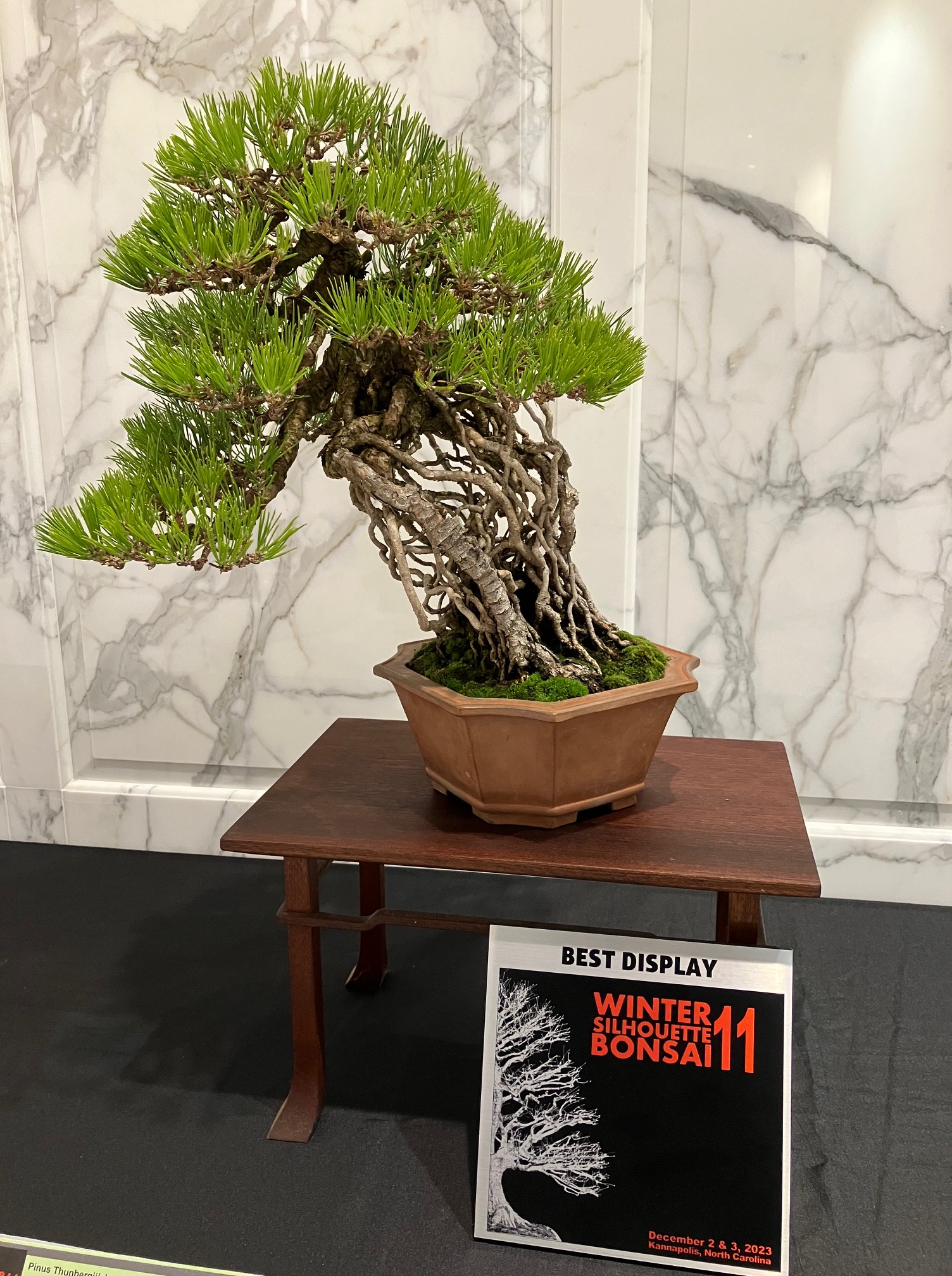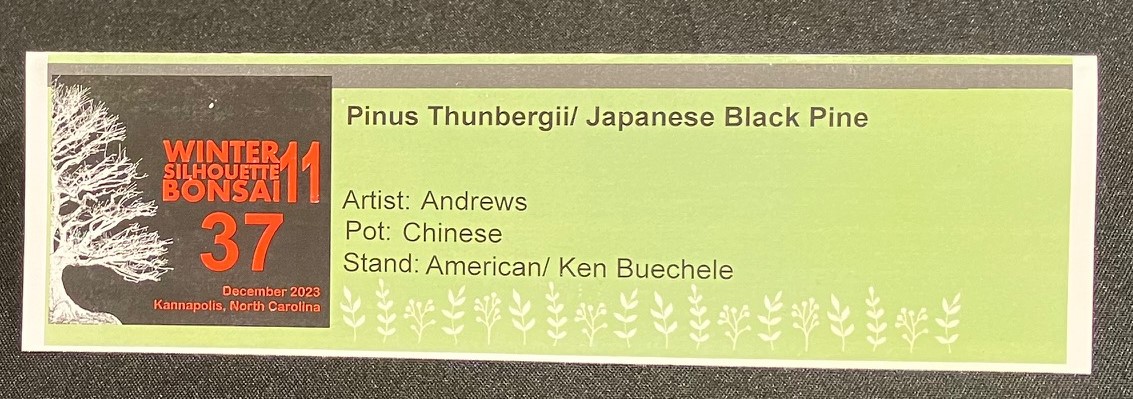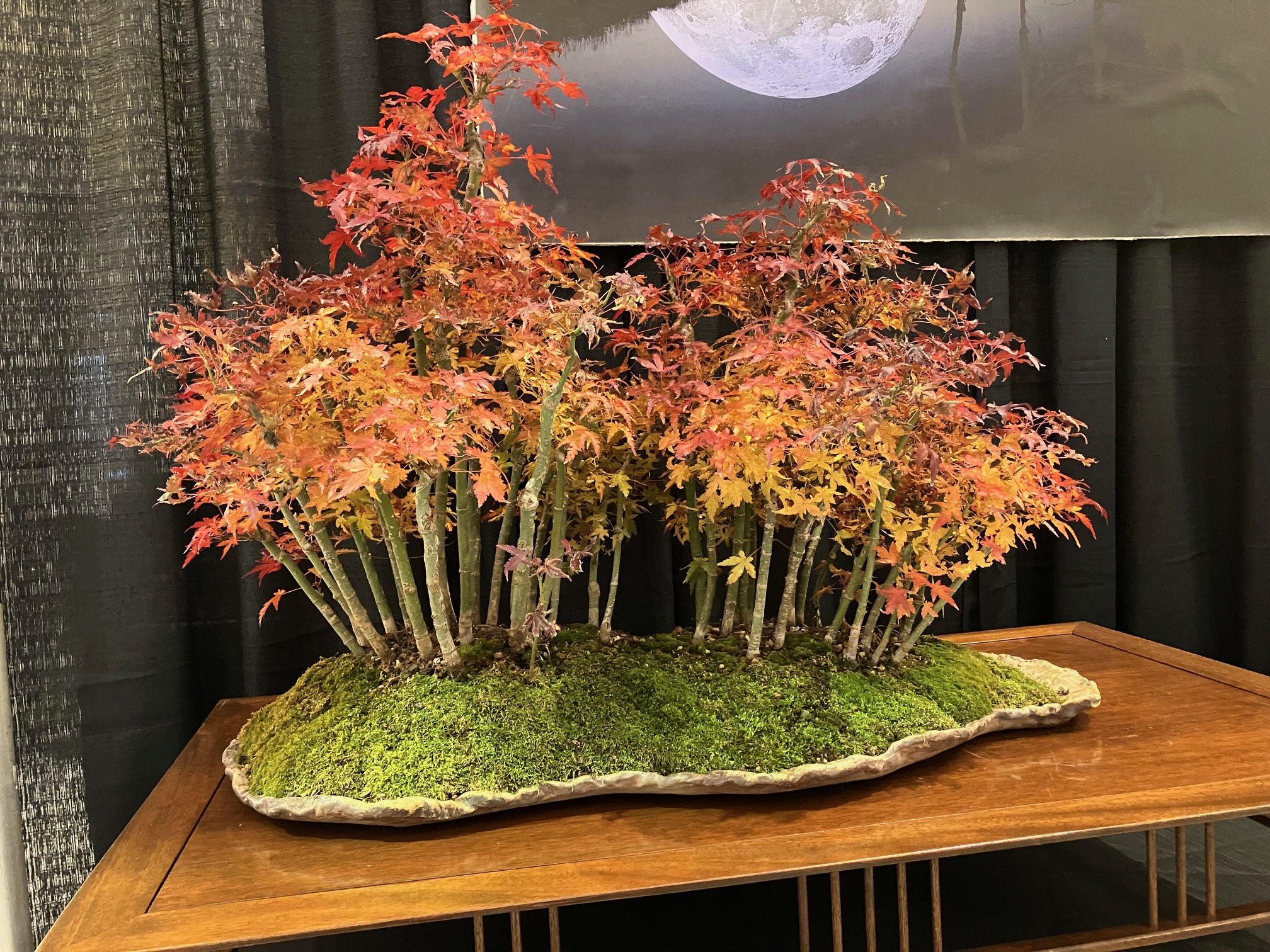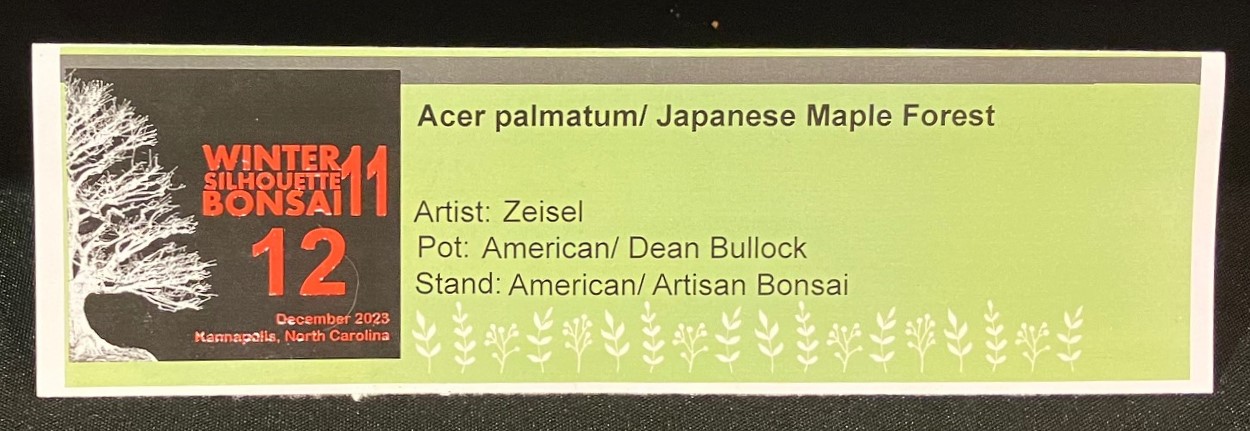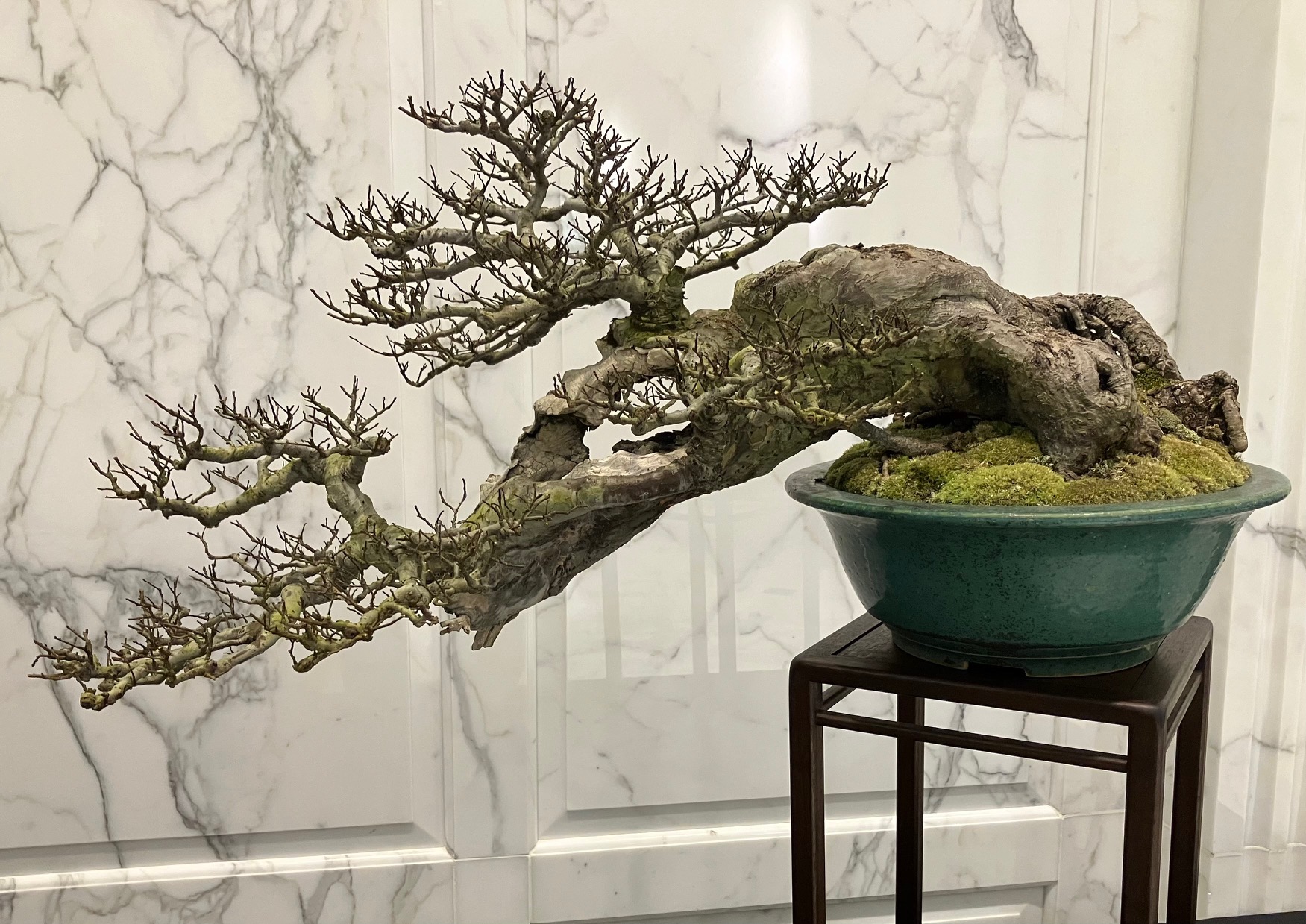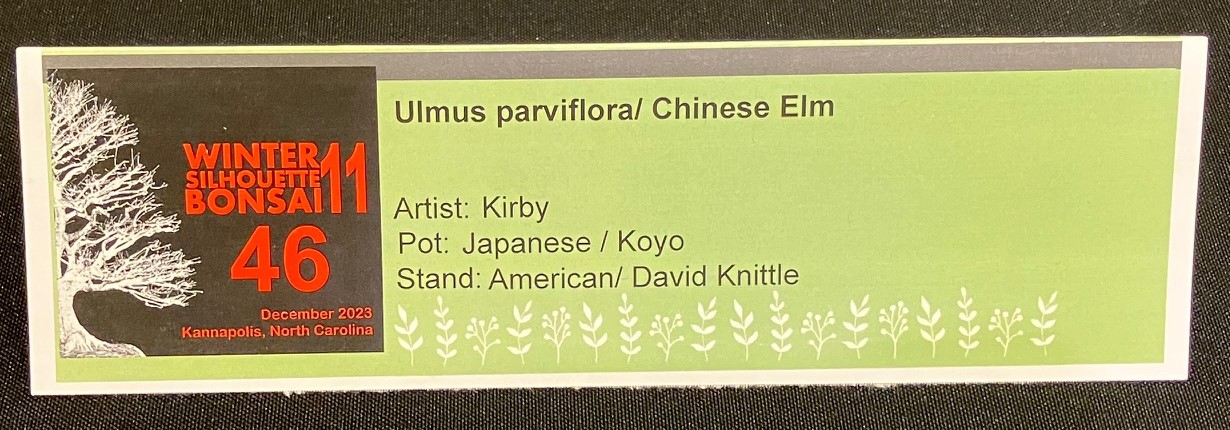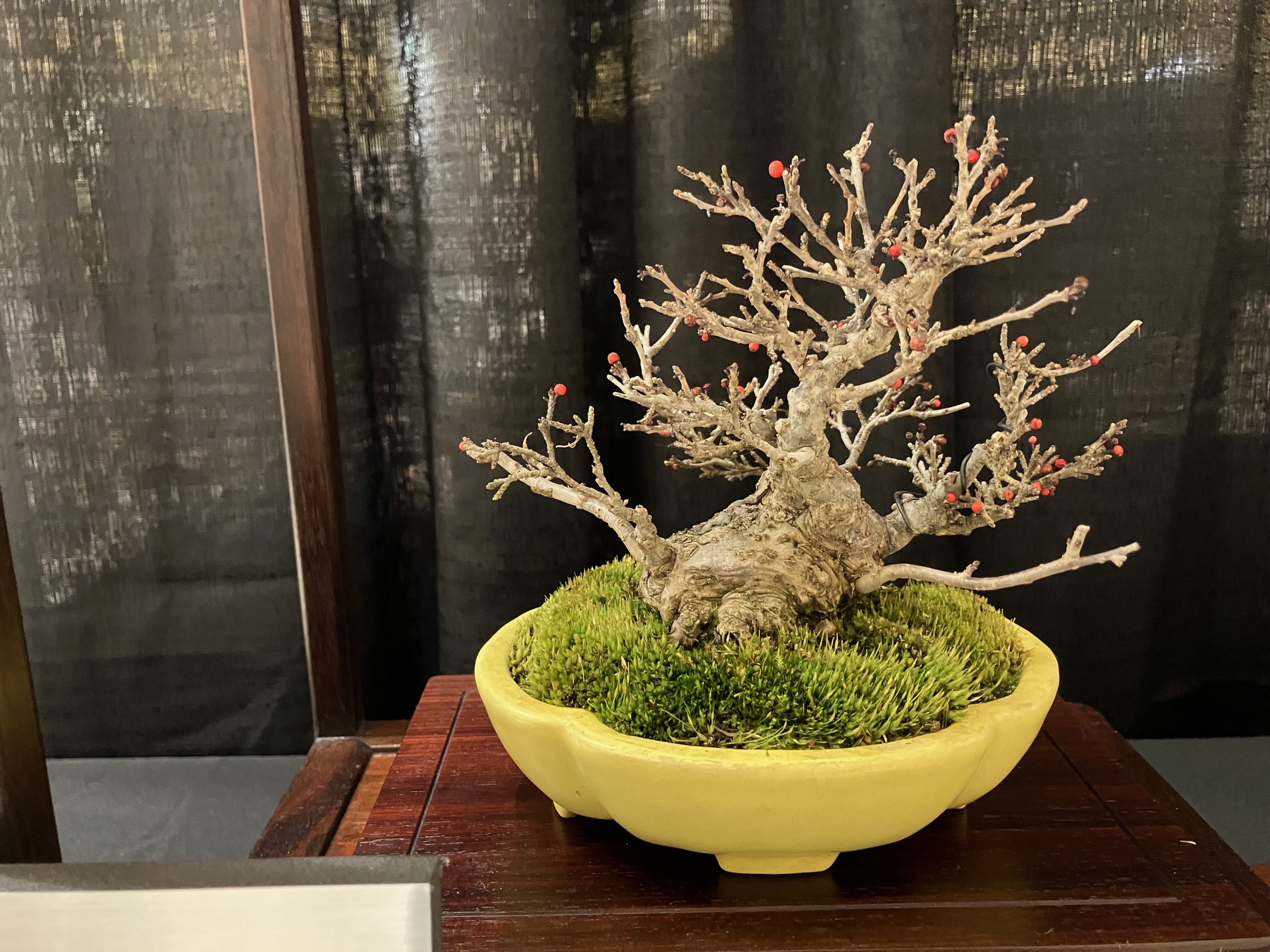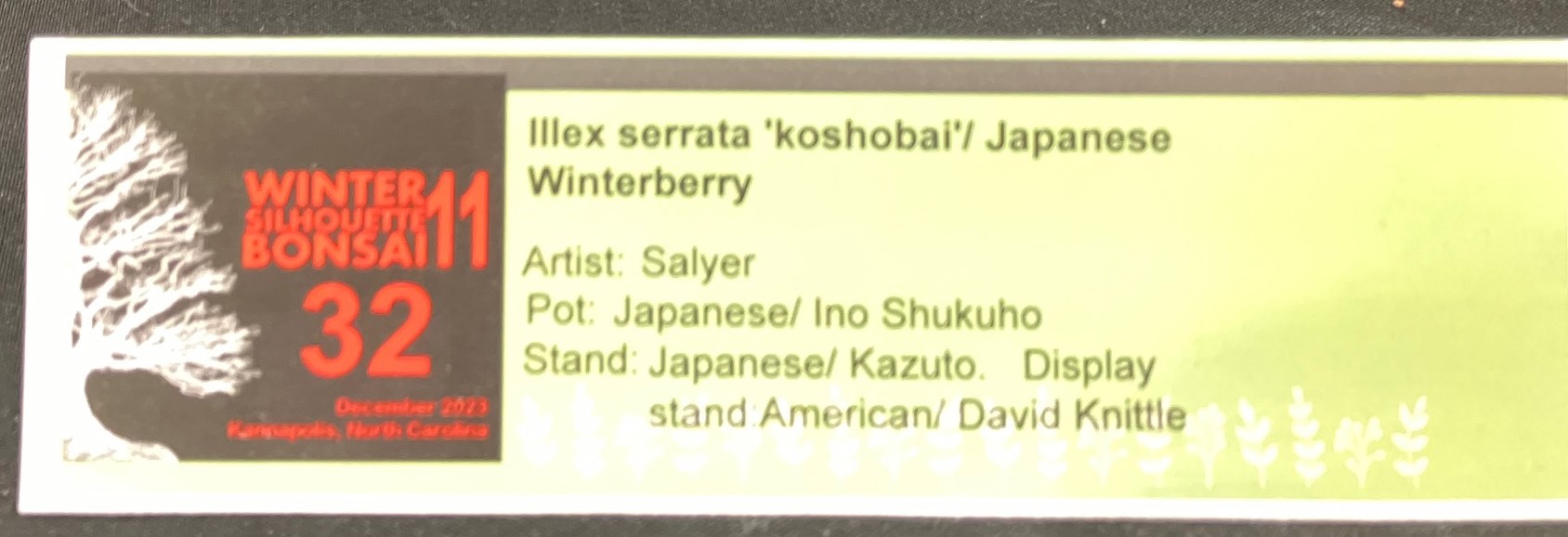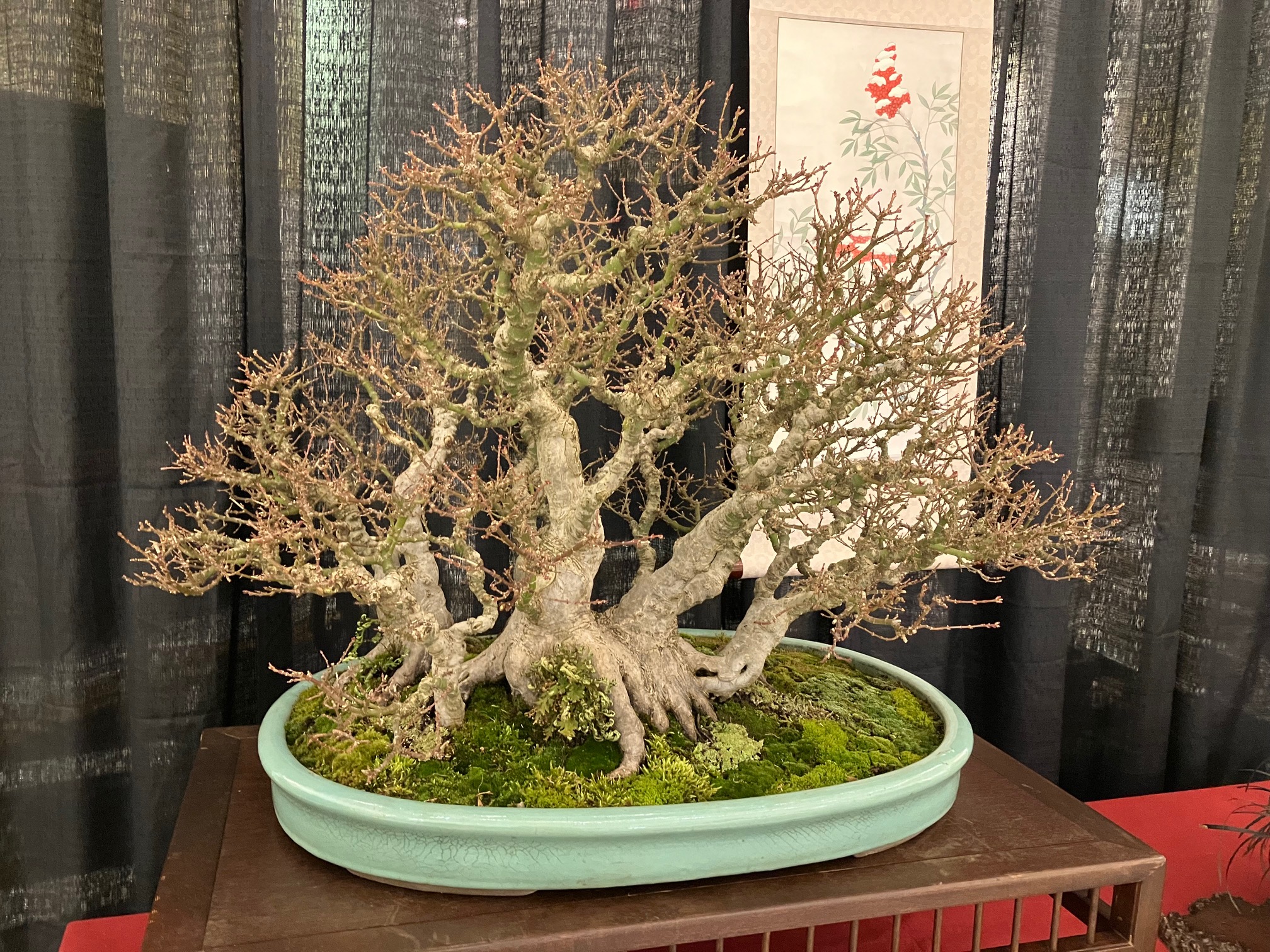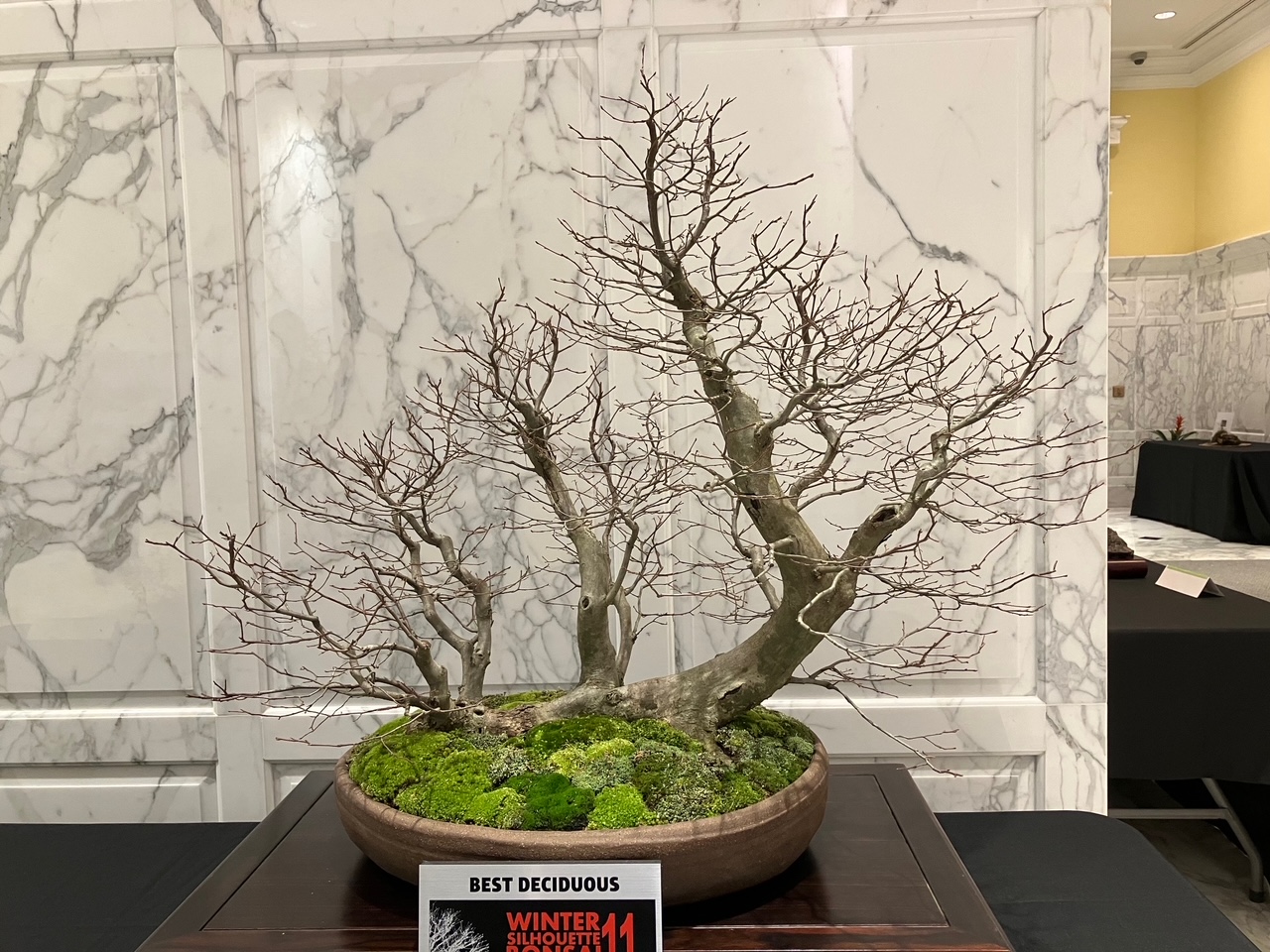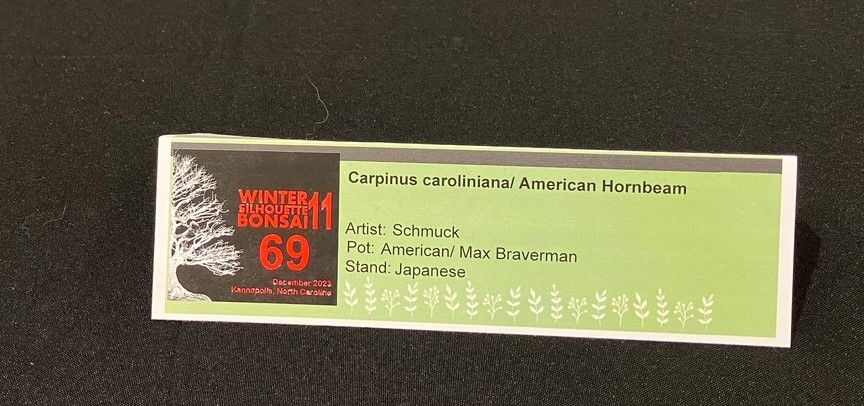
Since we are once again approaching the end of the year, here are six photos from 2023 that didn’t make it into earlier blog posts. (See Miscellany 2022 for last years batch)
1. Plethodon cylindraceus (white-spotted slimy salamander)
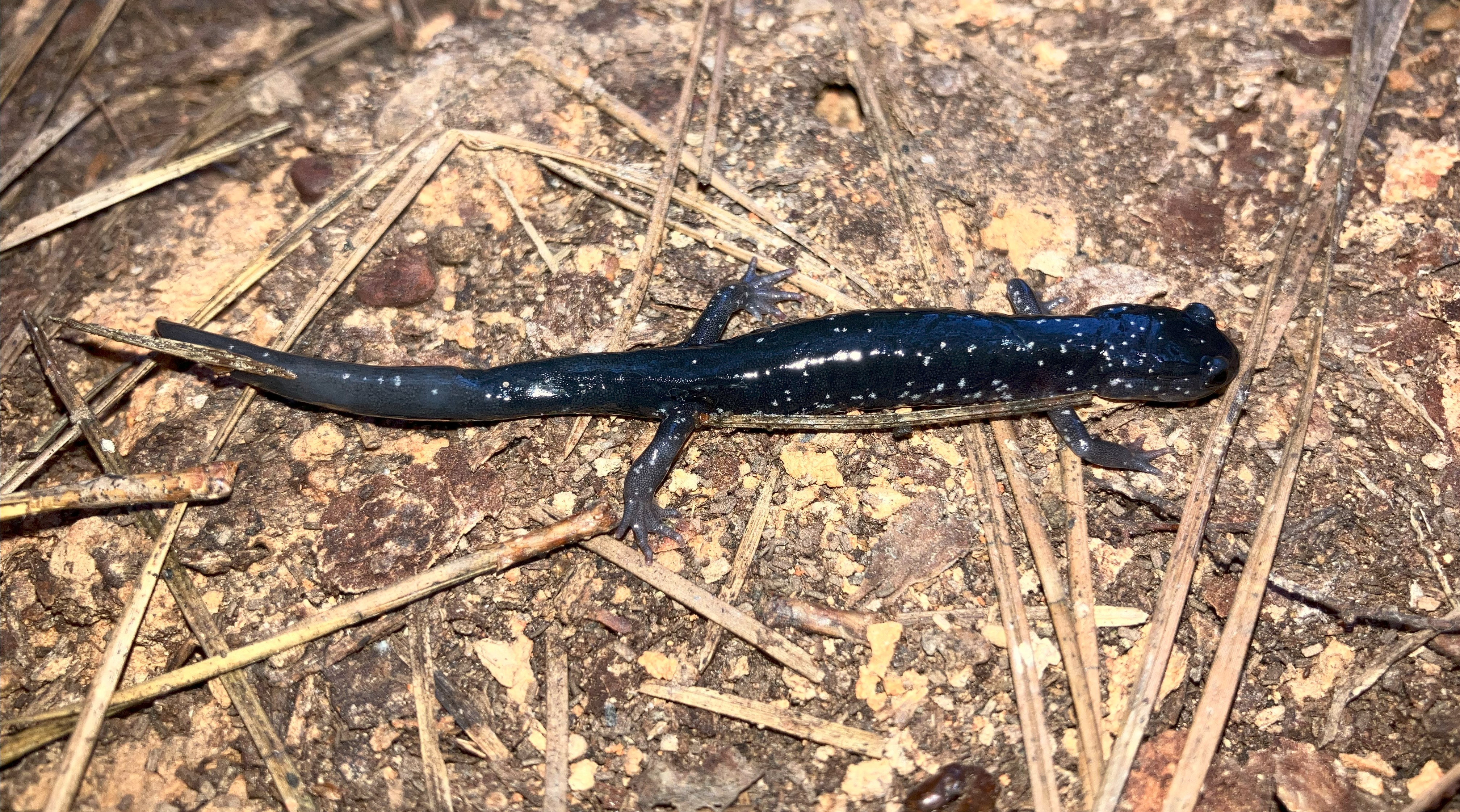
This slimy salamander was hiding under one of our cover boards on June 25. That makes five salamander species that I have found living in the garden or in the woodland immediately adjacent.
2. fusiform rust on Pinus taeda (loblolly pine)
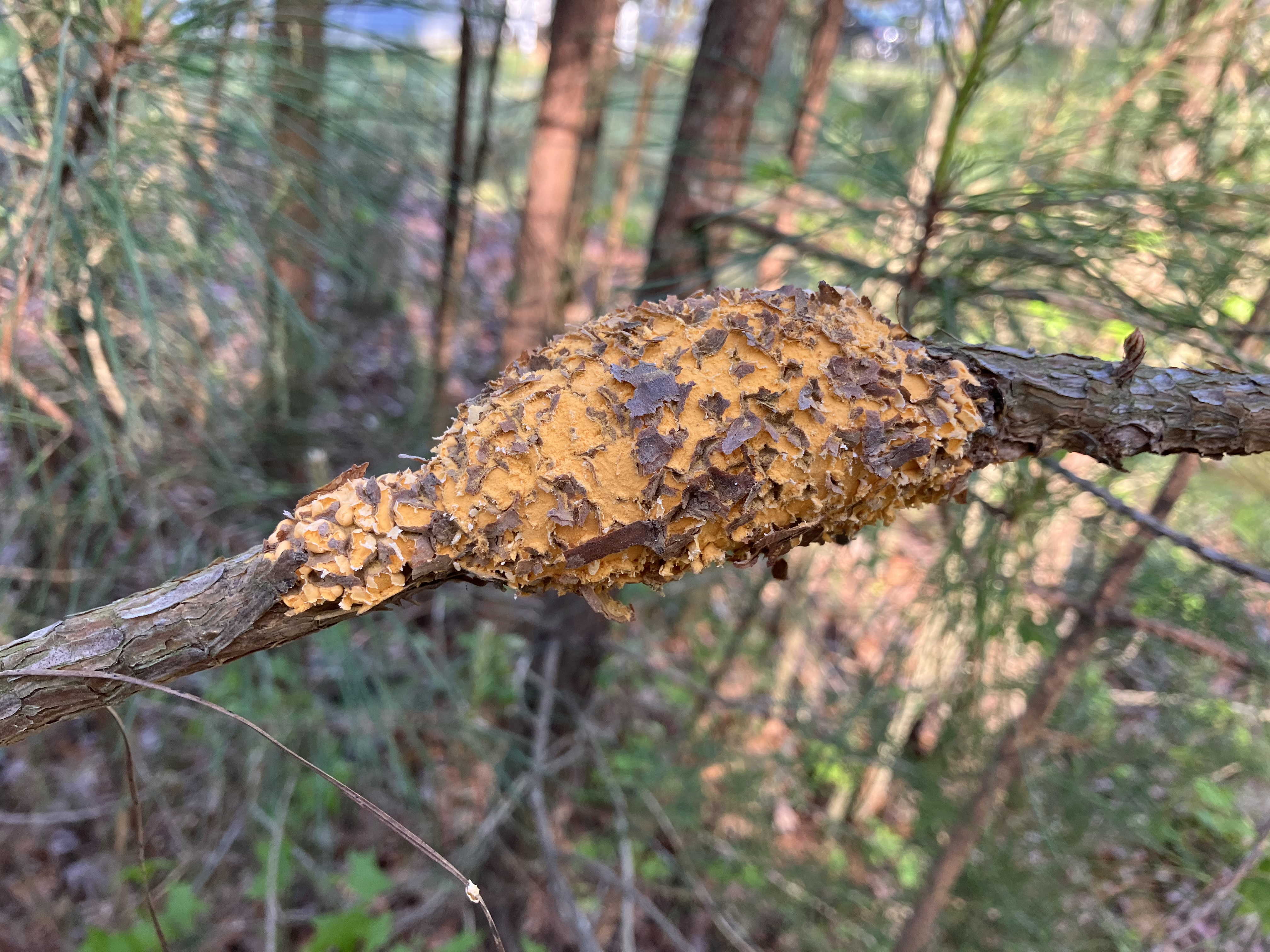
Rust is a fungal disease that forms galls, swellings on the stems and branches of pine trees. The fungus produces orange growths that burst from the bark and release spores which infect oak trees. The infected oaks subsequently produce specialized spores that infect pine trees. Lather, rinse, repeat. Judging by the elongated cigar-like shape of the gall, this is fusiform rust, caused by a fungus formerly known as Cronartium fusiforme but now considered a variety of Cronartium quercuum. I photographed the infected branch in April.
3. wool sower gall on Quercus sp. (oak tree)
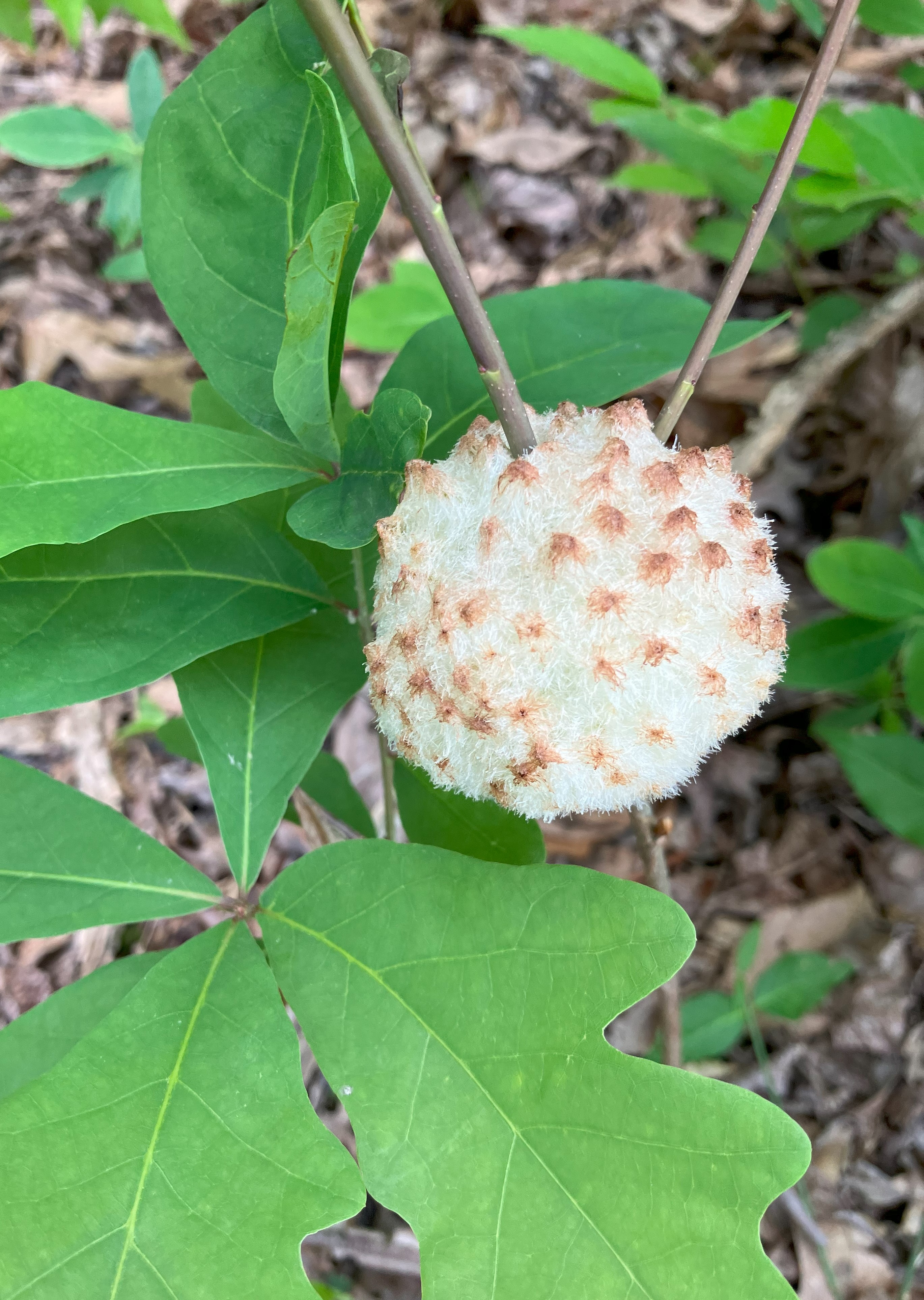
A wool sower gall is abnormal growth of an oak twig caused by secretions from the grubs of a small wasp, Callirhytis seminator. The odd growth, which is completely unrecognizable as twig tissue, protects the wasp larvae from predators. It amazes me that an insect produces chemicals which can force a plant to grow in such a specific way. Adding to the strangeness, many related wasp species exhibit alternation of generations a little bit like the rust fungus. Wasps which grow in a twig gall have offspring that produce galls derived from leaf tissue. Those offspring, after growing in a leaf gall, have grubs that make twig galls. And so the cycle goes round and round. Various internet sources suggest that Callirhytis seminator may also exhibit this alternation of generations, but the leaf-gall counterpart of the wool sower twig gall has apparently not been identified. I photographed this gall in early May.
4. Chalcophora virginiensis (sculptured pine borer)
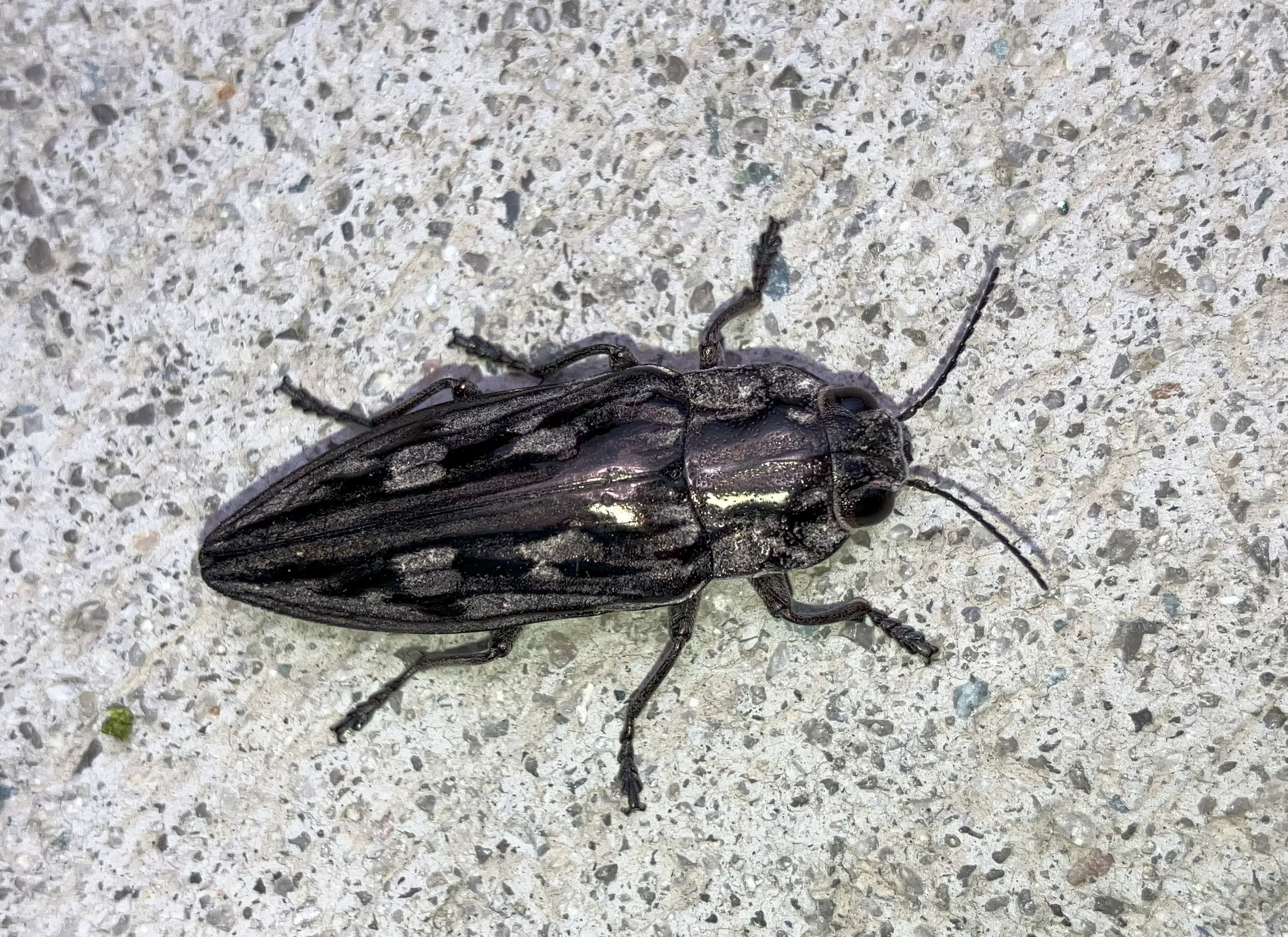
A very shiny beetle, photographed in early June.
5. Phoradendron leucarpum (oak mistletoe) growing on Acer rubrum (red maple)

The mistletoe on our property generally grows high in the crown of large hickory trees. This plant, growing at eye-level on a small red maple gave me an rare opportunity to see how the parasite erupts from a swelling on the trunk of the infected tree. Photograph taken in April.
6. Rhododendron prunifolium (plumleaf azalea)
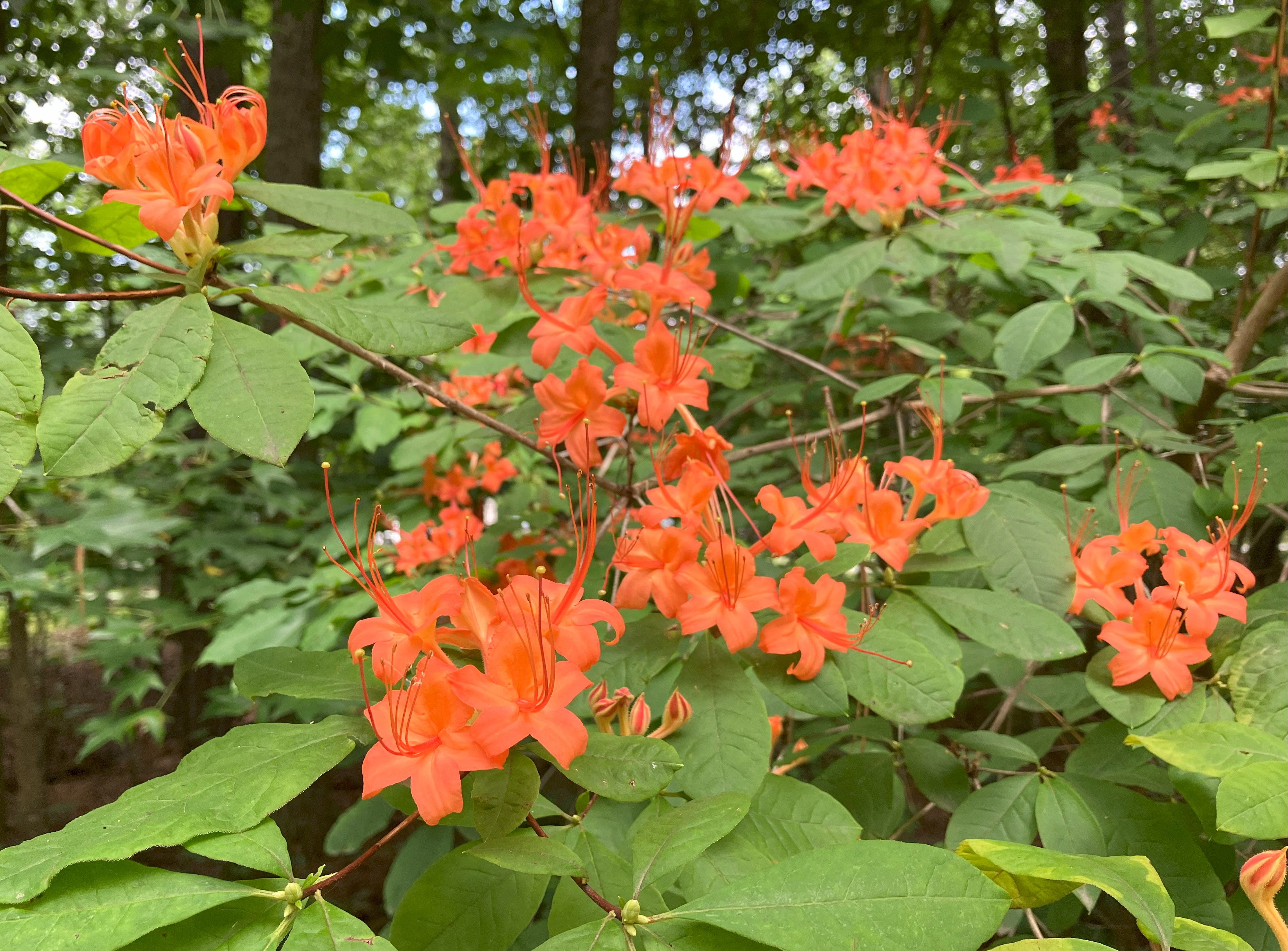
Finally, a flower. I featured this R. prunifolium in Six on Saturday #47 (August 24, 2019), but it is still one of my favorite azaleas. This species eventually forms a large spreading shrub, and after about 12 years in the ground, my plant is taller than I am. Photos taken on July 29.
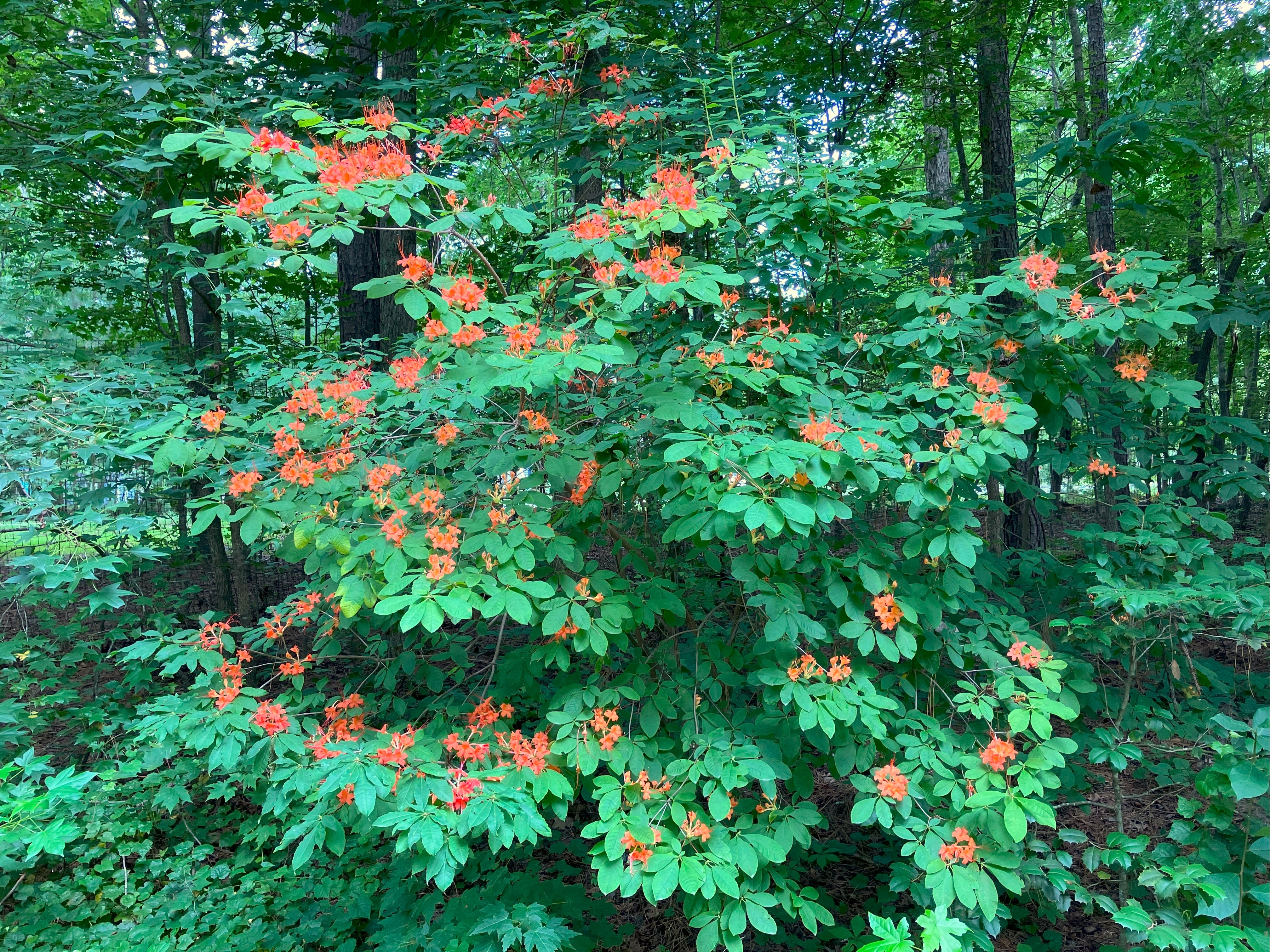
Jim at Garden Ruminations is the host of Six on Saturday. Head over there to see his Six for this week and find links to the blogs of other participants.

